I'm trying to have the tick labels of my Graph displayed fully, but I'm not getting the desired result, despite my efforts.
If I merely use autofmt_xdate(), the dates are correctly shown, but not for every data point plotted; however, if I force my x tick labels to be displayed by passing x by datetime objects to xtick(), It only seems to display the year.
fig1 = plt.figure(1)
# x is a list of datetime objects
plt.title('Portfolio Instruments')
plt.subplot(111)
plt.plot(x, y)
plt.xticks(fontsize='small')
plt.yticks([i * 5 for i in range(0, 15)])
fig1.autofmt_xdate()
plt.show()
Graph passing x to plt.xticks():

Graph without passing x to plt.xticks()

Where's my mistake? I can't find it.
Question
How do I plot all of my data points of x and format it to show the entire datetime object I'm passing the graph using autofmt_xdate()?
I have a list of datetime objects which I want to pass as the x values of my plot.
